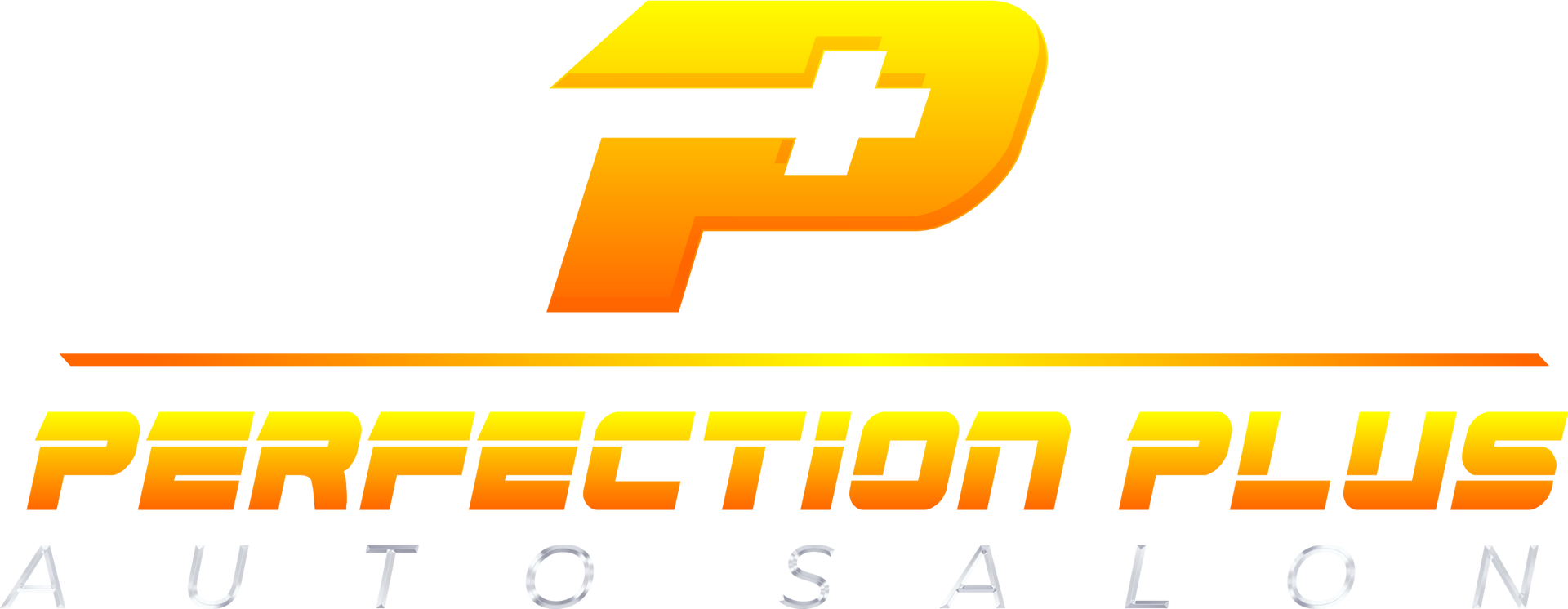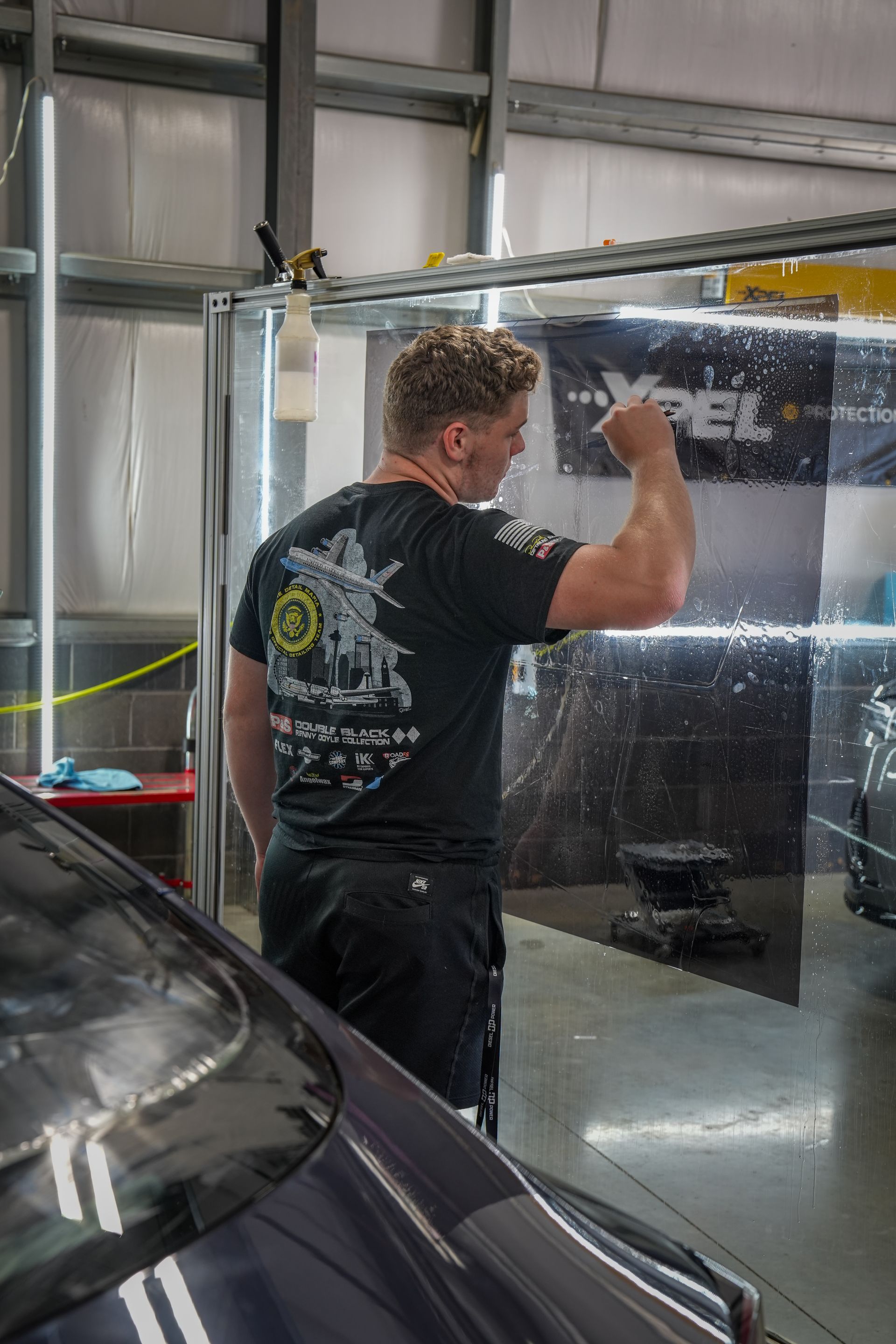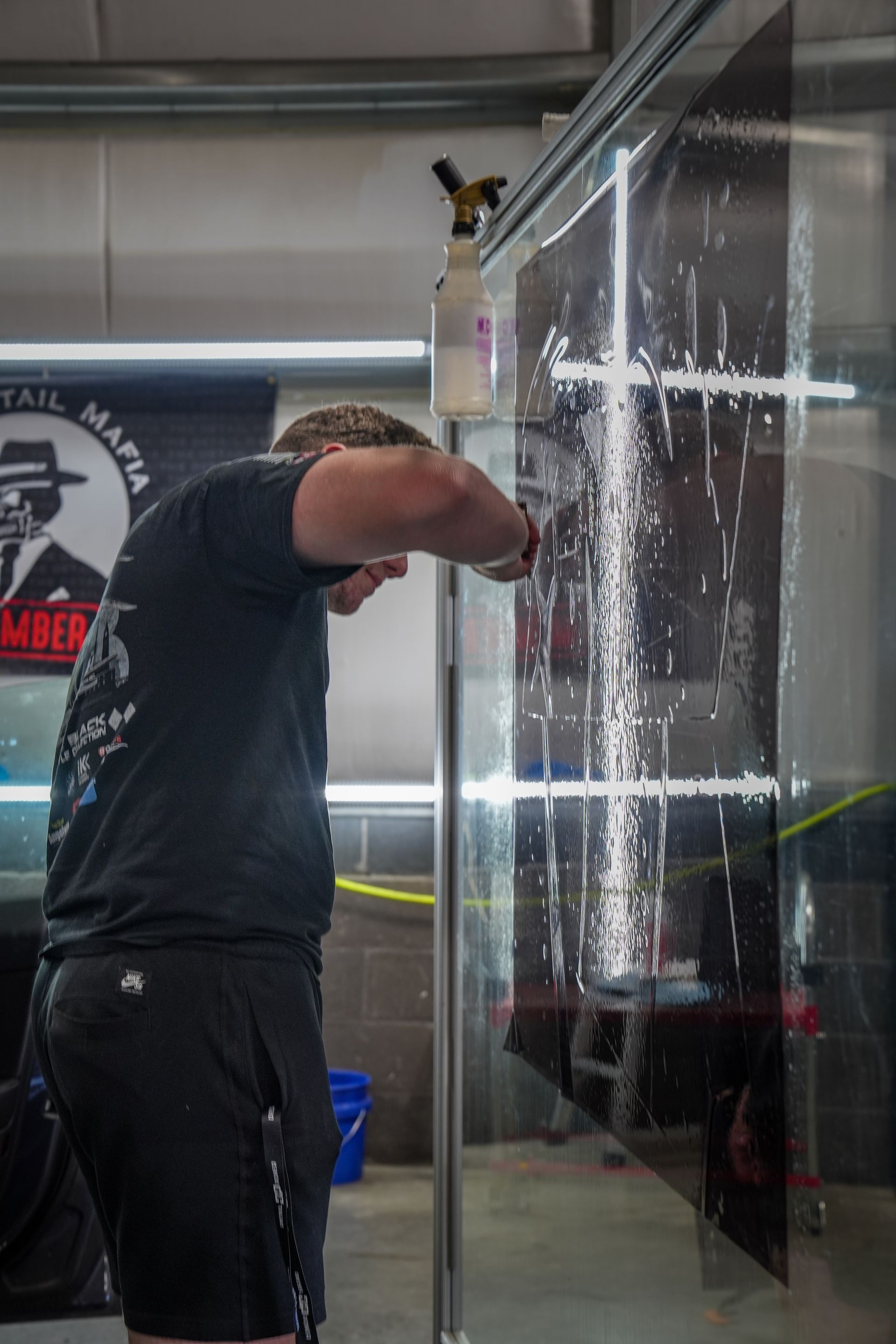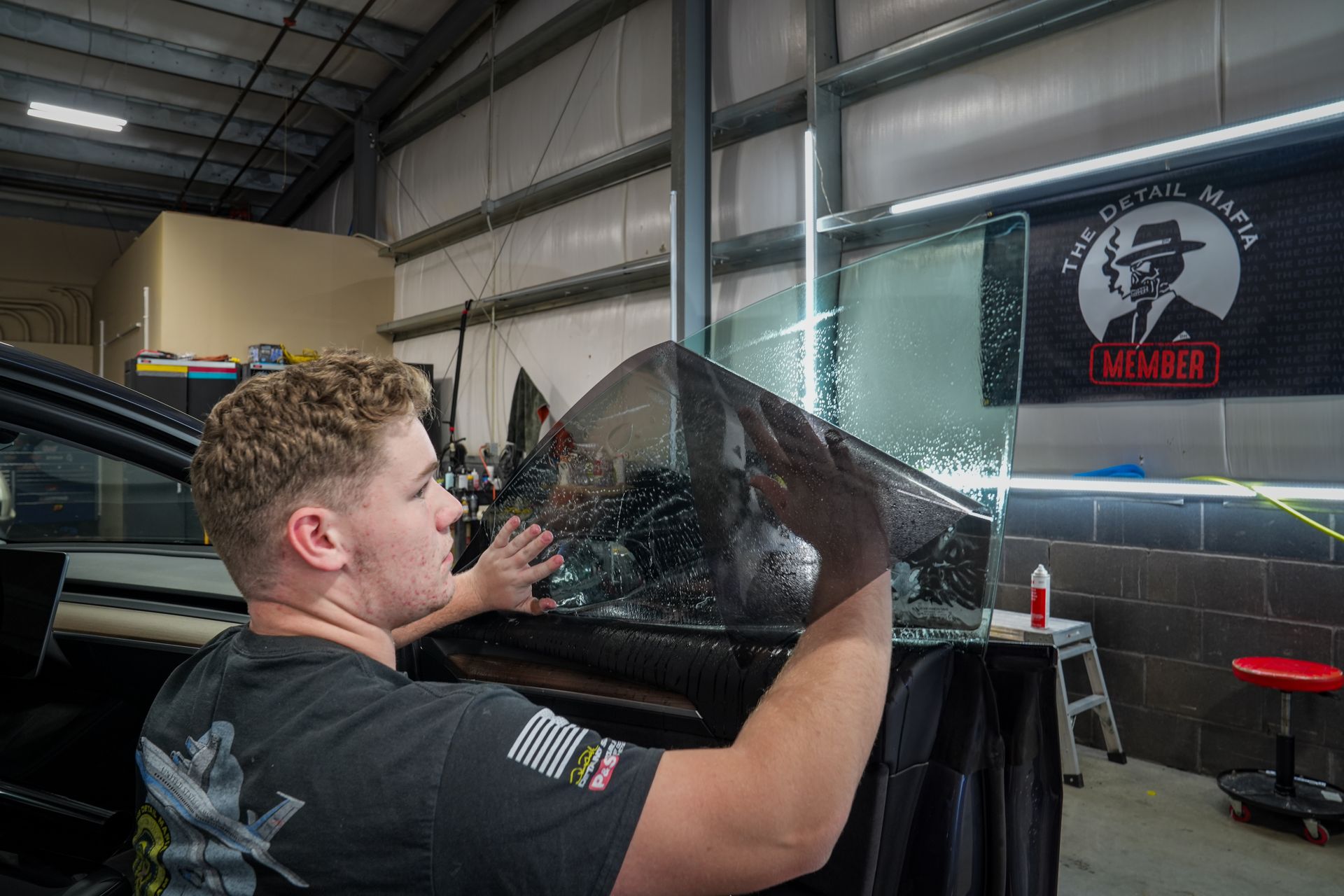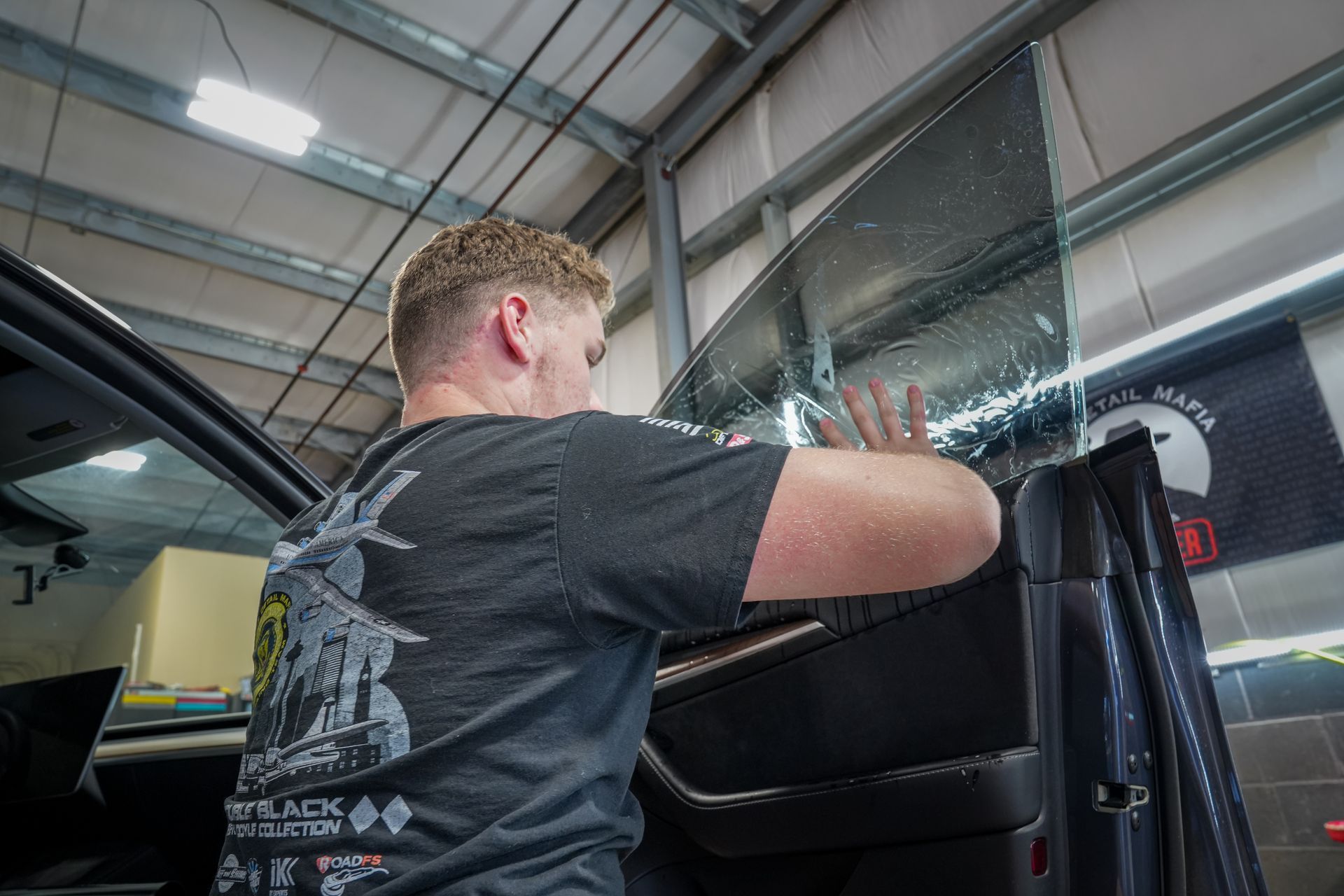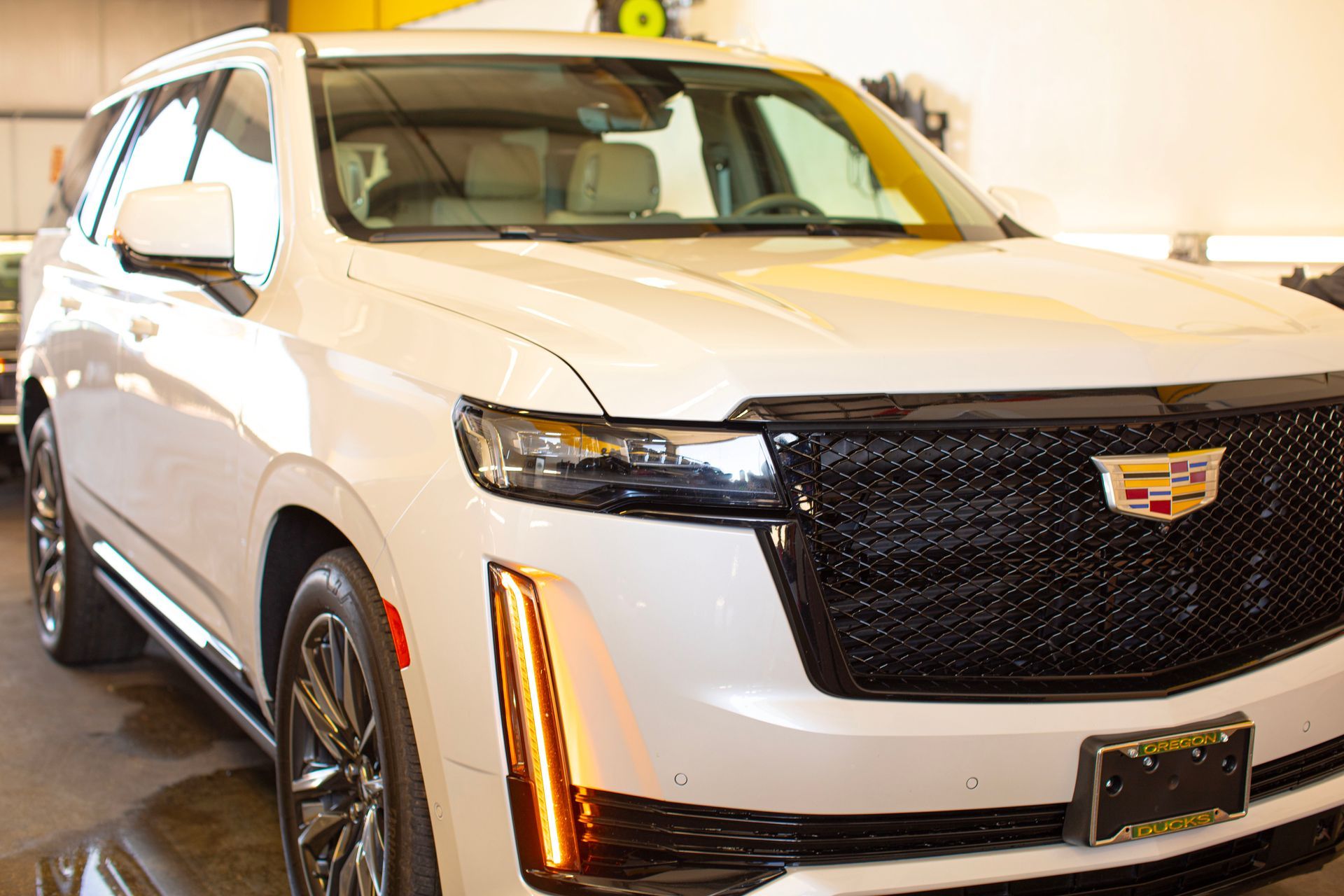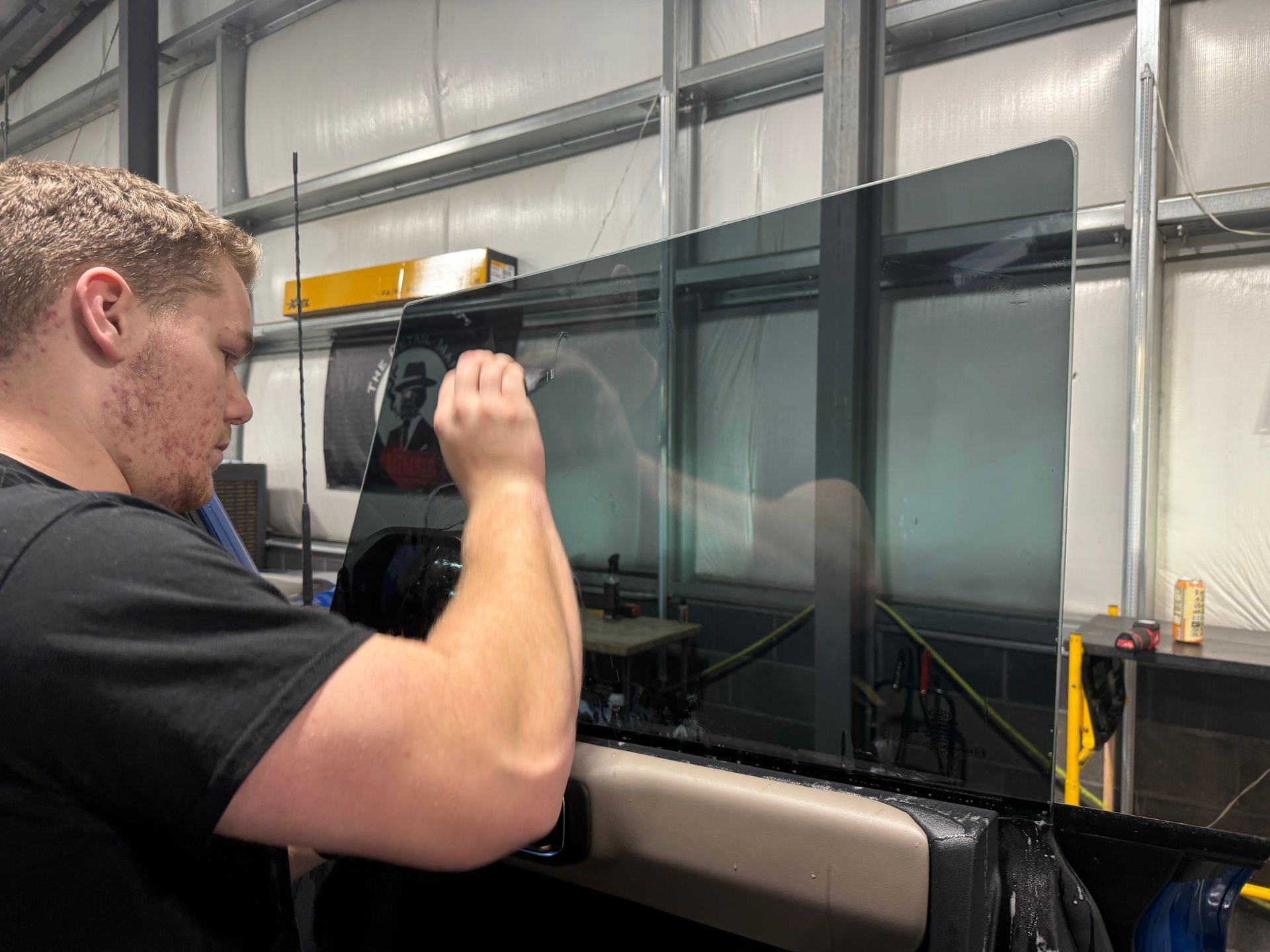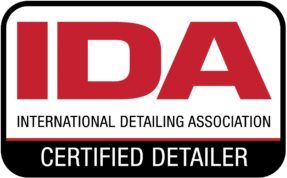Window Tinting: Reducing Vehicle Cabin Temperatures to Beat Heat and Protect Your Car Interior
GET A FREE ESTIMATESitting in a car that's been baking under the sun is never fun. You open the door and get hit with a wave of heat that makes you wish you'd brought an ice pack. Luckily, there's a smart way to keep your vehicle cooler without running the air conditioning all day: window tinting. By blocking invisible heat rays before they enter your car, tinting helps you stay comfortable and keeps your interior from cracking or fading. This article breaks down how tinting works, which types work best, and why it's more than just dark glass. It's protection for you and your ride. Window tinting reduces vehicle cabin temperatures primarily by blocking a significant portion of solar infrared radiation, which is the main driver of heat buildup inside cars. High-quality tint films, especially ceramic types, can reject up to 70% or more of total solar energy, including over 90% of infrared rays, thereby preventing heat from penetrating the glass and stabilizing the interior temperature for improved comfort and protection of materials and electronics.
The Science of Heat Reduction
When sunlight streams through your car's windows, it carries different types of energy: ultraviolet rays, visible light, and infrared radiation. While the glass itself blocks about 30% of UV rays, it largely allows infrared radiation to pass through unimpeded. This infrared radiation is the real culprit behind soaring cabin temperatures because when it penetrates the glass, it transforms into longwave infrared energy that gets trapped inside. This trapped energy creates a greenhouse effect, rapidly heating the air and surfaces within your car. Imagine sitting inside a greenhouse in the summer. The sunlight streams in, warming the plants and soil. But because the glass blocks heat from escaping outward efficiently, the temperature rises quickly. Your car functions much like this greenhouse, but on wheels. Ordinary automotive glass blocks some damaging UV rays but can't stop most infrared heat from sneaking in, which is why after just a few minutes under the sun, your car feels like it's baking.
To combat this relentless heat buildup, window tint films employ advanced technologies designed specifically to block those invisible heat rays without darkening your view too much. High-quality ceramic tint films are one of the most effective tools here. Unlike basic dyed or metallic tints that mainly reduce glare or reflect light with mixed results, ceramic films use microscopic ceramic particles engineered to absorb and reflect a substantial portion of infrared radiation while still allowing plenty of visible light inside. What does this mean for you? A cooler cabin without sacrificing visibility or interfering with electronic signals like GPS and Bluetooth. The practical advantage here is striking. Temperatures inside cars with ceramic tinted windows can be significantly cooler than their untinted counterparts during peak sun exposure. This cooling effect reduces stress on your vehicle's air conditioning system, leading to better fuel efficiency and less wear and tear on components like compressors and fans.
Beyond comfort and efficiency, controlling interior heat also preserves your vehicle's aesthetic and mechanical health over time. Excessive solar heat accelerates fading and cracking of dashboards and upholstery by causing molecular damage due to UV exposure. It's not just about looks; intense heat speeds up plastic hardening, weakens adhesives holding components together, and impairs sensitive electronics such as sensors and infotainment displays. By rejecting both UV and especially infrared radiation, quality window tinting helps slow this degradation process drastically. Vehicles in hot and sunny climates benefit notably since daytime temperatures can rise sharply in minutes under direct solar exposure. Urban settings with reflective surfaces worsen heat buildup, which makes thermal protection even more critical. Of course, selecting the right tint depends on legal regulations that balance visibility needs with thermal comfort benefits. Most laws require front-side windows to maintain at least 35% visible light transmission, ensuring safe driving visibility while allowing significant heat rejection through modern ceramic films. Rear windows often allow darker privacy tints supplemented by infrared-blocking films without adding excessive darkness. Combining front window tinting with sunshades or dashboard covers further maximizes thermal relief during scorching days. For optimal comfort and protection, choose high-quality ceramic film window tints installed professionally, adhere strictly to local tinting laws, and consider pairing these with protective accessories like reflective sunshades or ventilated wind deflectors to keep your vehicle cabin cool and comfortable year-round.
Types of Window Tint Films
Window tinting isn't just a one-size-fits-all solution; each type caters to different needs based on performance, cost, and compatibility with vehicle electronics. Dyed films stand out as the budget-friendly option. They work by absorbing solar heat and preventing it from entering your car's cabin. This makes them popular for those wanting basic heat reduction without breaking the bank. However, dyed films don't block infrared radiation very effectively. Over time, their effectiveness can diminish, and they might develop a slightly faded look. Moving up in performance, metallic films introduce tiny metallic particles into the film matrix that reflect a lot of solar heat, especially infrared light, before it even passes through your windows. These films are excellent at lowering cabin temperatures significantly, but they have an important downside: metallic tints can interfere with electronic signals. If you rely heavily on GPS navigation or use mobile devices inside your vehicle, these signal disruptions may be frustrating or even unsafe in critical situations.
To address some limitations of dyed and metallic films, carbon films offer a middle ground. Characterized by a rich matte finish that many find aesthetically pleasing, carbon tints block a moderate amount of infrared radiation and do not fade over time like dyed options do. Their ability to maintain a consistent appearance while offering moderate thermal protection makes them attractive for drivers who want style along with function. Carbon films generally won't interfere with electronic signals, enhancing usability compared to metallic types. When heat reduction without sacrifices to technology or clarity is paramount, ceramic films take the spotlight. These films incorporate non-metallic ceramic nanoparticles that excel at blocking both ultraviolet rays and a significant portion of infrared radiation responsible for heating interiors. They preserve visibility perfectly without discoloration or haze and avoid any electronic interference altogether.
Ceramic films efficiently stabilize cabin temperatures even during scorching summer days. Unlike metalized films that might disrupt radios or GPS signals, ceramic tints ensure seamless connectivity for modern cars equipped with advanced sensors and telematics systems. With these distinctions clear, choosing the right tint depends heavily on your personal needs, whether you prioritize budget, heat rejection efficiency, durability, or interference-free electronic use in your vehicle. Understanding these details sets the stage for navigating the legal rules that govern window tinting.
Legal Aspects of Window Tinting
Laws governing window tinting vary significantly depending on where you live. This patchwork of regulations reflects different state priorities around safety, privacy, and aesthetics. One key measurement to understand is Visible Light Transmission, or VLT, which indicates how much light your car window tint lets through. VLT is essential because it controls visibility from both outside and inside the vehicle. For example, a 70% VLT tint allows most visible light through while still reducing heat and UV rays and maintaining good driver visibility. Conversely, a 25% VLT film is much darker, permitting only a quarter as much visible light. Some states have high minimum VLT thresholds for front-side windows to ensure minimal darkness and keep police and other drivers able to see inside your vehicle clearly for safety reasons. Rear windows often have more lenient limits because they impact external visibility less critically.
In addition to darkness, how your tint reflects light is also regulated. Reflective or mirror-like films can create dangerous glare for other drivers or obscure law enforcement's view into your vehicle. Some states prohibit any tint that causes additional reflection beyond factory glass levels. Even if your tint meets darkness requirements, having too shiny a finish could get you in legal trouble or force removal. Always check your state's specific tinting laws before selecting a film. Many companies offer kits tailored exactly to regional regulations, helping avoid fines or inconvenient removal. Understanding these legal details not only protects your investment but also enhances road safety.
Benefits Beyond Heat Reduction
One of the most important advantages of high-quality tint films is their ability to block harmful ultraviolet rays. These invisible rays from the sun can cause more than just a sunburn. They degrade the very materials inside your vehicle. When left unprotected, dashboards fade, upholstery cracks, and plastics become brittle over time. Tint that can reject up to 99% of UVA and UVB radiation acts like sunscreen for your car's interior, preserving its appearance and structural integrity for years. This protection not only saves you money on repairs or refurbishing but also limits prolonged skin exposure to UV radiation while driving, which has well-documented health risks. Alongside shielding your vehicle's interior, tinted windows offer an enhanced degree of privacy that goes beyond mere aesthetics. When sunlight filters through darker, quality tint films, it becomes significantly more difficult for outsiders to peer inside your vehicle. This subtle barrier serves as a deterrent against break-ins and theft because potential intruders cannot easily survey valuables left in plain sight. Privacy isn't just a convenience. It's a layer of security that guards your possessions and provides peace of mind whenever you park, whether at home or in public spaces.
The protective nature of window tints extends even further when it comes to accidents and unexpected impacts. High-grade tint films don't just sit on the glass like a passive shield. They bond strongly to window surfaces and help hold shattered glass together if broken during collisions or vandalism. This shatter resistance minimizes the risk of injury by preventing shards from scattering inside the cabin or onto pedestrians nearby. In situations where glass would otherwise explode into dangerous fragments, tinted windows act as an additional safety net. The combination of UV protection, enhanced privacy, and improved safety underscores how window tinting goes far beyond simply blocking heat. Quality ceramic tints with excellent total solar energy rejection rates maximize cooling effects while preserving transparency and signal compatibility for GPS and mobile devices. Always opt for reputable options offering certifications on UV filtration and infrared blocking capabilities, and have your tint applied by experienced technicians who understand local legal requirements. This careful approach ensures your investment delivers long-lasting comfort, security, and value.
Madras’ Go-To Team for Superior Window Tint Film Installation
If you’re ready to reduce glare, protect your interior, and enjoy a cooler ride, Perfection Plus Auto Salon delivers the
top window tinting services
Madras, OR drivers rely on. Their expert installers use premium films designed to block heat, filter UV rays, and enhance privacy without compromising clarity or signal performance. Whether you want better comfort during hot summers or added protection for daily driving, their professional tinting ensures long-lasting results you’ll appreciate every time you hit the road.
Contact Perfection Plus Auto Salon today to upgrade your driving experience with premium window tinting!
